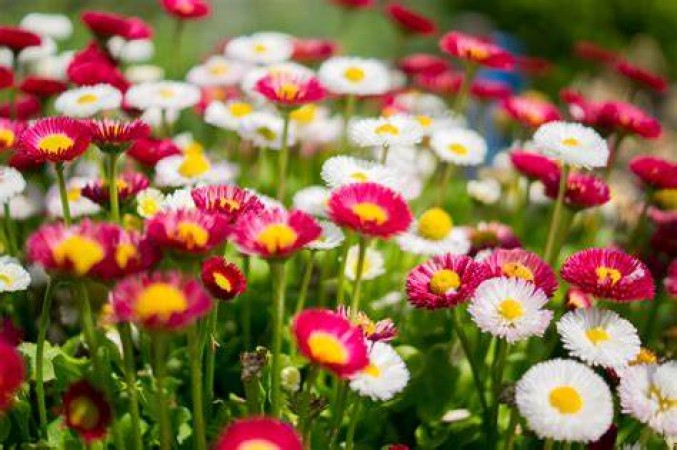Plants and flowers are undoubtedly captivating with their vibrant colors and soothing fragrances. However, amidst their natural beauty lies a lesser-known truth – some plants and flowers can be hazardous, even deadly. In this article, we delve into the unexpected dangers of certain flora and the precautions to take.
Unveiling the Dark Side of Nature's Beauty
Nature's artistry is undeniable, but beneath the charm of plants and flowers can lie harmful consequences:
1. Oleander: A Beautiful But Toxic Bloom
- Oleander, with its striking appearance, is highly toxic if ingested.
- Symptoms range from nausea to cardiac arrest.
- Keep this plant out of reach, especially in homes with pets and children.
2. Hemlock: More Than a Historical Notion
- Hemlock, infamous for its role in ancient executions, is still hazardous.
- Ingesting even a small amount can lead to paralysis and death.
- Be cautious when identifying wild plants; hemlock can be easily mistaken for edible herbs.
3. Foxglove: Elegance with a Dark Side
- Foxglove's bell-shaped flowers belie its toxic nature.
- Consumption can disrupt heart rhythms and lead to fatalities.
- Educate yourself on the plants in your garden to avoid accidental contact.
Navigating the Potential Perils
To enjoy the botanical world safely, follow these guidelines:
4. Research Before You Plant
- Investigate plants and flowers before introducing them to your surroundings.
- Consult local resources or garden centers for information on toxicity levels.
5. Secure Your Garden
- If you have pets or young children, design your garden to prevent access to toxic plants.
- Fencing and raised planters can help create a safe environment.
6. Teach and Supervise
- Educate children about the importance of not consuming plants or flowers.
- Keep a vigilant eye on them during outdoor activities.
7. Recognize Symptoms
- Familiarize yourself with the signs of plant toxicity.
- Rapid breathing, skin irritation, and gastrointestinal distress are common indicators.
The Power of Knowledge: Protecting Yourself and Your Loved Ones
Incorporating safety measures can make all the difference:
8. First Aid Measures
- In case of accidental ingestion, call poison control immediately.
- Do not induce vomiting unless instructed by a medical professional.
9. Landscaping with Caution
- When designing your garden, choose non-toxic alternatives to hazardous plants.
- This way, you can create a stunning landscape without compromising safety.
Nature's intricate tapestry includes both marvels and threats. By understanding the potential dangers posed by certain plants and flowers, we empower ourselves to create secure environments for our families. Remember, knowledge is your best defense against the unexpected.
Jason Bretfelean Wins Mr.Global at Rubaru Mr India 2023, The Rising Superstar
Embracing Indigenous Wisdom: 10 Quotes for World Tribal Day
Gurugram: Section 144 Lifted as Calm Returns after Communal Clashes
